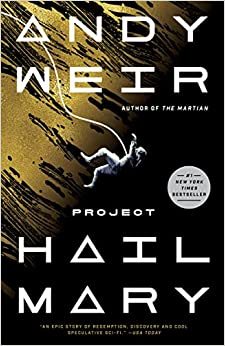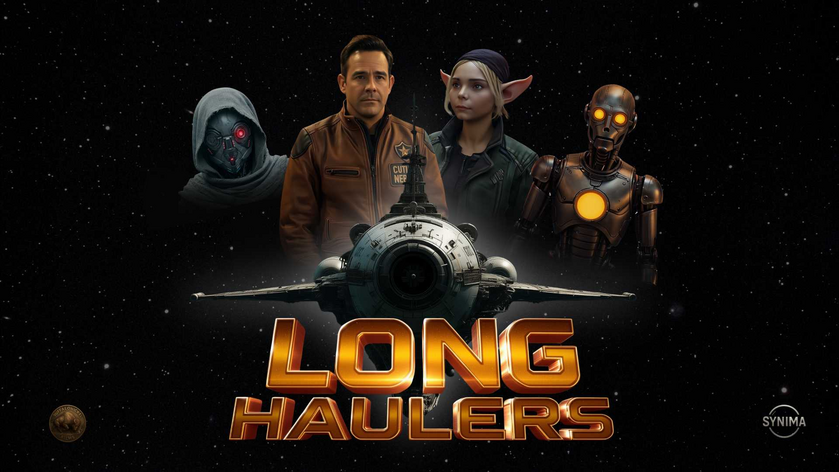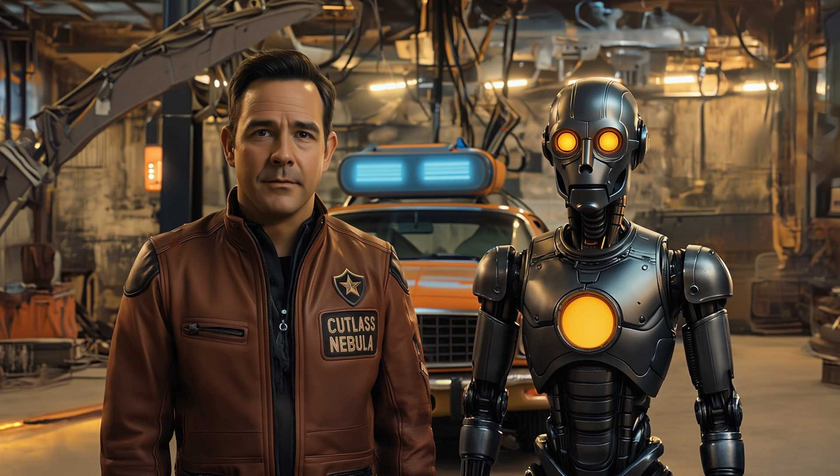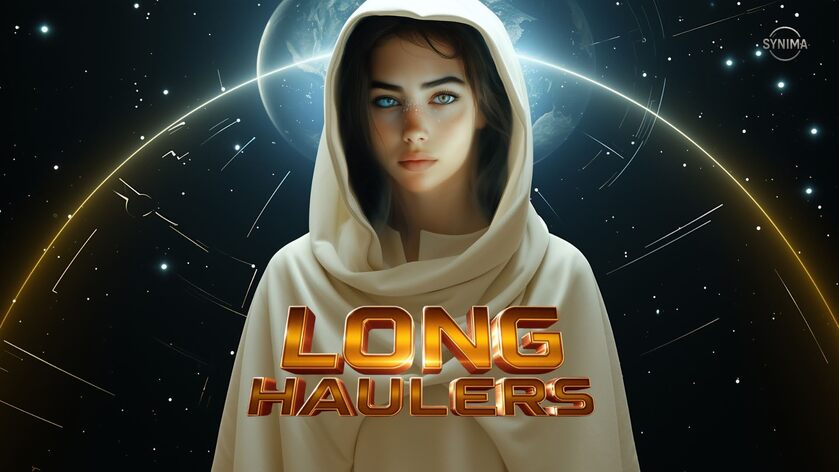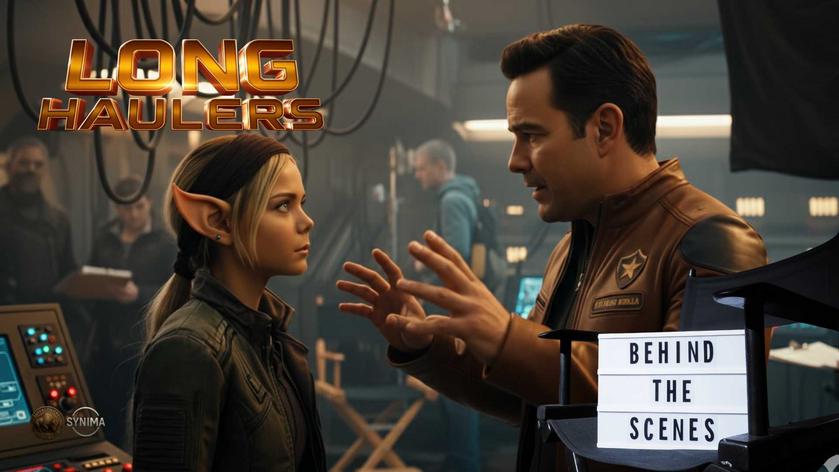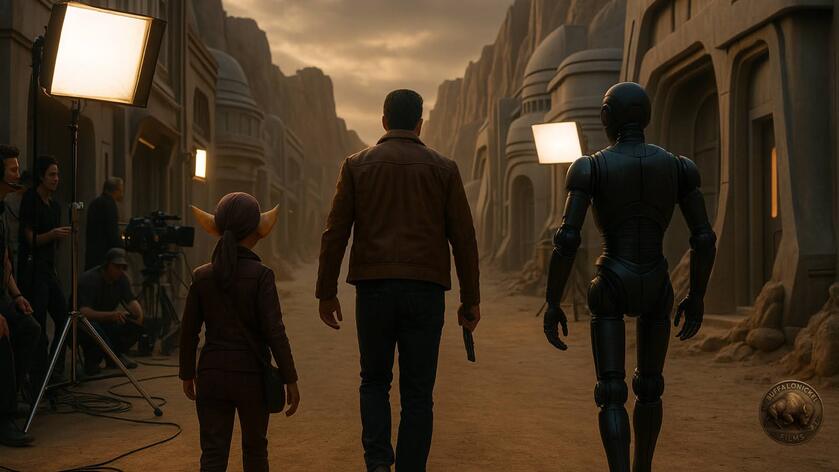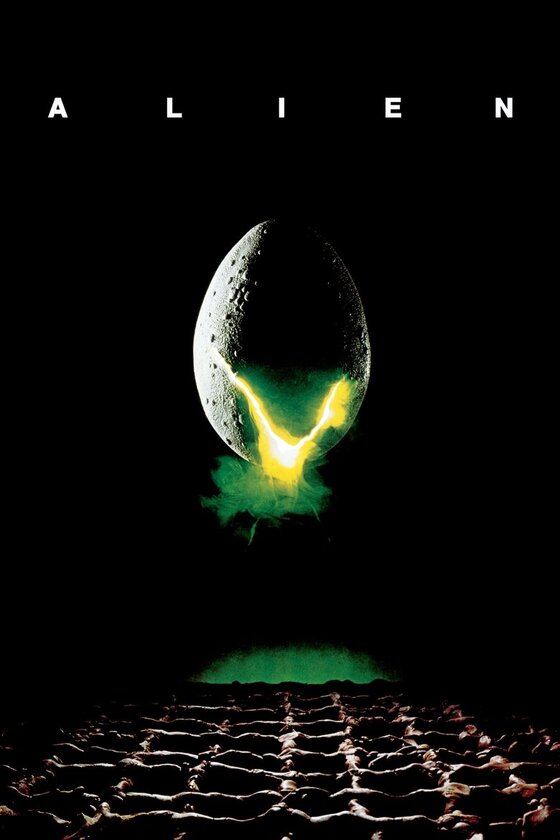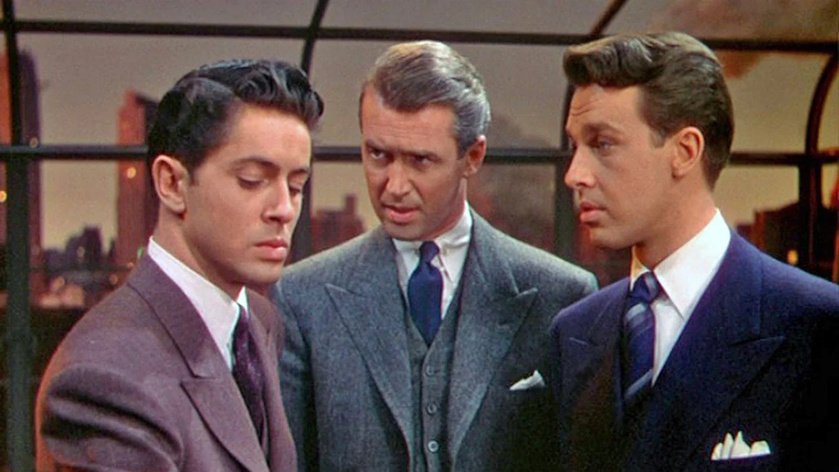Yesterday morning I finished listening to Andy Weir’s Project Hail Mary, and not a moment too soon. When Jess invited me to be a guest on her podcast I happily agreed and suggested that book even though I wasn’t quite finished yet. And, of course, I waited until the day we were streaming to wrap it up.
Well, at least it was fresh in my mind.
Project Hail Mary is “hard science fiction,” meaning simply that there’s a lot of science fact to support all the fiction, and it’s all explained in great detail. My understanding of the sciences probably tops out at the grade school level. In Star Trek, when someone asks an engineer how something will work and is answered, “It works very well,” that’s good enough for me. All of the fine details that more science minded people appreciate could just as well be magic as far as I’m concerned.
But I still enjoyed the story.
The book opens in medias res, meaning, in the middle of things. Our narrator protagonist, Ryland Grace, wakes up with no memory of who he is or where he is. So he starts observing his environment and doing science experiments. Basically he’s scientist Jason Bourne, only instead of instinctively doing martial arts he does science. He quickly figures out that he’s on a spaceship. From there, memories start to return. Little things, like his name, his past life, his mission.
Oh yeah, Earth is doomed.
Here the story begins to move between the past and the present. Grace and a small crew (now all dead) were sent to a distant galaxy to solve a big problem. Tiny microorganisms called Astrophage (“star eaters”) are literally blotting out the sun. But, while present in this galaxy, its star is doing just fine. Why? How? That’s what he’s there to figure out, and if there’s a solution he can send it back to Earth.
Unfortunately, this was always meant to be a one-way trip.
From here I’ll try to avoid spoilers as I talk about the structure and other things I like about the book. The back and forth way the story is told, moving between past and present, makes this a nonlinear narrative. Opening on the Hail Mary (his ship) is a signal to us that this is Grace’s ordinary world now and the main arc of the story will happen here. But his personal story starts years earlier. They say you should start at the beginning, and Weir does.
Even when it seems like he doesn’t.
You could take the novel apart, copy-paste it in chronological order, and find the traditional hero’s journey. It would still be a compelling narrative. But spooling out information as he does is better. A story like this, it turns out, is less about the plot and more about the character. By keeping us off balance and curious, we’re drawn deeper into the mystery. Who is this man? What drives him? When the novel opens, he doesn’t know anymore than we do. It creates an instant bond between the narrator and the audience.
We need to care about our protagonist. He doesn’t save a cat. He is the cat.
The book is filled with both science and humor. Again, the science doesn’t mean much to me. But like Hemingway’s iceberg, enough is conveyed to my limited understanding that I can trust the authority of the text. The humor (the book’s title itself is a clever joke), I do get. Even though the situation is dire and new difficulties arise at every turn, Grace’s wry observations and sarcasm keep the tension from growing too overwhelming. We need time to breathe, to laugh, to experience the full range of human emotions.
We need time to think.
H.P. Lovecraft said, “Never have wonder taken for granted.” But as humans the longer we’re exposed to anything the more quickly we do take things for granted. Weir does a good job keeping us in awe of the science, the vastness of space, and the human ability to confront impossible problems. My experience with this story was similar to that of a murder mystery. Order is brought to chaos, slowly, methodically, and satisfactorily. There’s something soothing about cleaning up a messy house, or watching someone else untangle a knot.
Finally, the audiobook is fantastic.
If I’d tried to read Project Hail Mary I’m not sure I would have made it. But the way the book is read and produced I remained engaged. While a movie is in the works, and I’m sure it will be very good, listening is arguably the best way to first experience the story. Highly recommended.
If you want to listen to the first part of my conversation with Jess on her YouTube channel, you can do so here.
